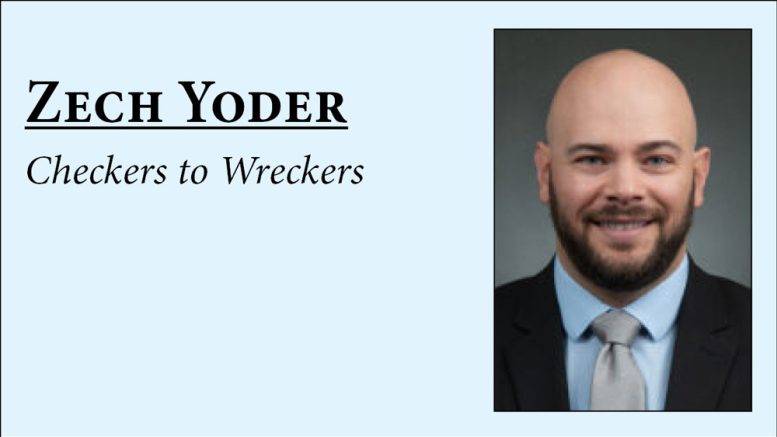INDYCAR is on the precipice of one of the largest regulation changes in its history.
This week at Mid-Ohio Sportscars Car Course in Lexington, Ohio, INDYCAR will introduce its new hybrid power unit. The introduction of hybrid power was first revealed publicly in 2019. For the last five years, INDYCAR has been working with its engine manufactures, Chevrolet and Honda, to integrate a hybrid system into the current cars.
Originally, the hybrid power unit was to be introduced at the beginning of the 2024 season. However, additional testing was needed and INDYCAR opted to wait until after the 2024 Indianapolis 500 in order to ensure that all the new parts and pieces were safe and reliable. It was then decided that Mid-Ohio would play host to the introduction of the hybrid era.
Hybrid technology is not new to road going cars or the racing world. In fact, one might say that INDYCAR has been late to the hybrid party.
A hybrid prototype was introduced by Toyota and Audi during the 2012 FIA World Endurance Championship season with Audi winning the 24 Hours of Le Mans that year. Formula 1 introduced its first hybrid regulations during the 2014 season and has announced a second-generation hybrid power unit, which is set to be used during the 2026 season.
Hybrid technology has been introduced into motorsports because of its significant increase in efficiency and performance. The recent drive toward carbon neutrality and sustainability has affected vehicle manufacturers and all forms of motorsports. The goal of the hybrid technology being introduced in INDYCAR will be to decrease fuel consumption and carbon emissions. Perhaps more important, the hybrid system comes with a significant power advantage. Additional energy stored in the power unit can be deployed by drivers, resulting in increased horsepower.
It is hard to predict what and how the racing in INDYCAR will change. The push-to-pass system that was a feature of the prior engine regulations will be accompanied by new features. Drivers will “harvest” electricity that will be stored in the new power unit and deployed at the drivers’ discretion, similar to Formula 1 power units. The new power units will be significantly heavier then INDYCAR’s prior engines. This will affect the balance of the car and tire degradation. To this point in the season, tire wear and degradation has been minimal. Going forward, I believe tire strategy will play a much larger role.
Probably the biggest question will be the balance of power on the grid. I expect that the performance gap between the large teams and small teams will increase. The larger teams will have had more testing opportunities and will likely have a better grasp on performance and handling. Moreover, the larger teams simply have more resources to better understand the new power unit and its performance.
I am curious to see who climbs and falls in the standings. The championship battle has been tight all year long. Less than 100 points separate the top eight drivers. If one driver or team hits on this new power unit, they could run away from the field.
I have no idea how these new regulations will play out, especially in the middle of the season. About the only thing I am willing to say is that Ganassi and Penske will be fast.
Zech Yoder is a local resident, an attorney at Adler Attorneys in Noblesville, and a lifelong race fan.

